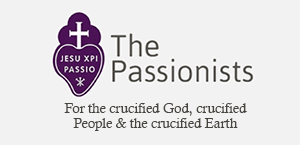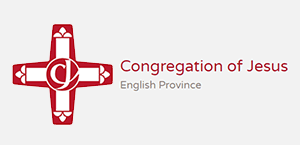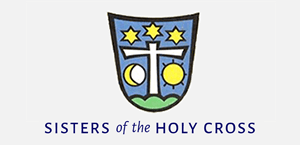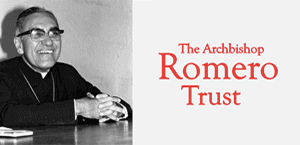Today's Gospel in Art - Saint Edward the Confessor
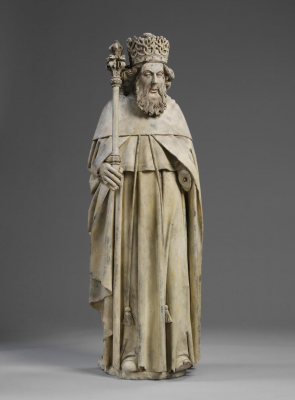
1868 Plaster cast after1505 original in Henry VII Chapel in Westminster Abbey © V&A Museum, London
Gospel of 13th Oct 2020 - Matthew 5:1-12a
Seeing the crowds, Jesus went up the hill. There he sat down and was joined by his disciples. Then he began to speak. This is what he taught them:
'How happy are the poor in spirit;
theirs is the kingdom of heaven.
Happy the gentle:
they shall have the earth for their heritage.
Happy those who mourn:
they shall be comforted.
Happy those who hunger and thirst for what is right:
they shall be satisfied.
Happy the merciful:
they shall have mercy shown them.
Happy the pure in heart:
they shall see God.
Happy the peacemakers:
they shall be called sons of God.
Happy those who are persecuted in the cause of right:
theirs is the kingdom of heaven.
'Happy are you when people abuse you and persecute you and speak all kinds of calumny against you on my account. Rejoice and be glad, for your reward will be great in heaven.'
Reflection on the Plaster Cast Sculpture
Today we celebrate the Feast of Saint Edward the Confessor. Born in Islip, England, he was sent to Normandy with his mother in the year 1013 when the Danes invaded England. In 1042 Edward became king in his late thirties. He was a man of great prayer and was hailed throughout his life as a gentle, loyal and devoted king. He is called the 'confessor', as a confessor is a saint who suffers for his faith but is one step short of martyrdom. Edward suffered for his faith by resisting the temptations of the world and of royal life. He lived of the income of his own lands and distributed riches to the poor. In accordance with the Pope's wishes, Edward built a new cathedral in Norman style to replace an old Saxon church at Westminster. The cathedral became known as Westminster Abbey. In 1245 Henry III pulled down the whole of Edward's church (except the nave) and replaced it with the present abbey church in the Gothic style of the period. The original of our sculpture can be found at the abbey.
Our figure though is a plaster cast copy taken from the statue in Westminster Abbey. Ninety-five of the original images of saints remain in situ, representing the most important surviving example of early sixteenth-century architectural sculpture in England. Casts like these were intended to provide easy access to great works of art, providing models for architects and craftspeople to study up close. Still nowadays at the V&A Museum (where our our plaster cast is kept), you can see many students drawing these types of figures in the 'cast courts' of the museum.
Our Gospel reading today of the Beatitudes, in light of the Feast of Saint Edward the Confessor, shows that the beatitudes are not impossible ideals. They are rooted in Jesus himself and displayed in how the saints, such as St Edward, lived their lives.
LINKS
Today's story - https://christian.art/en/daily-gospel-reading/573
Christian Art - www.christian.art









